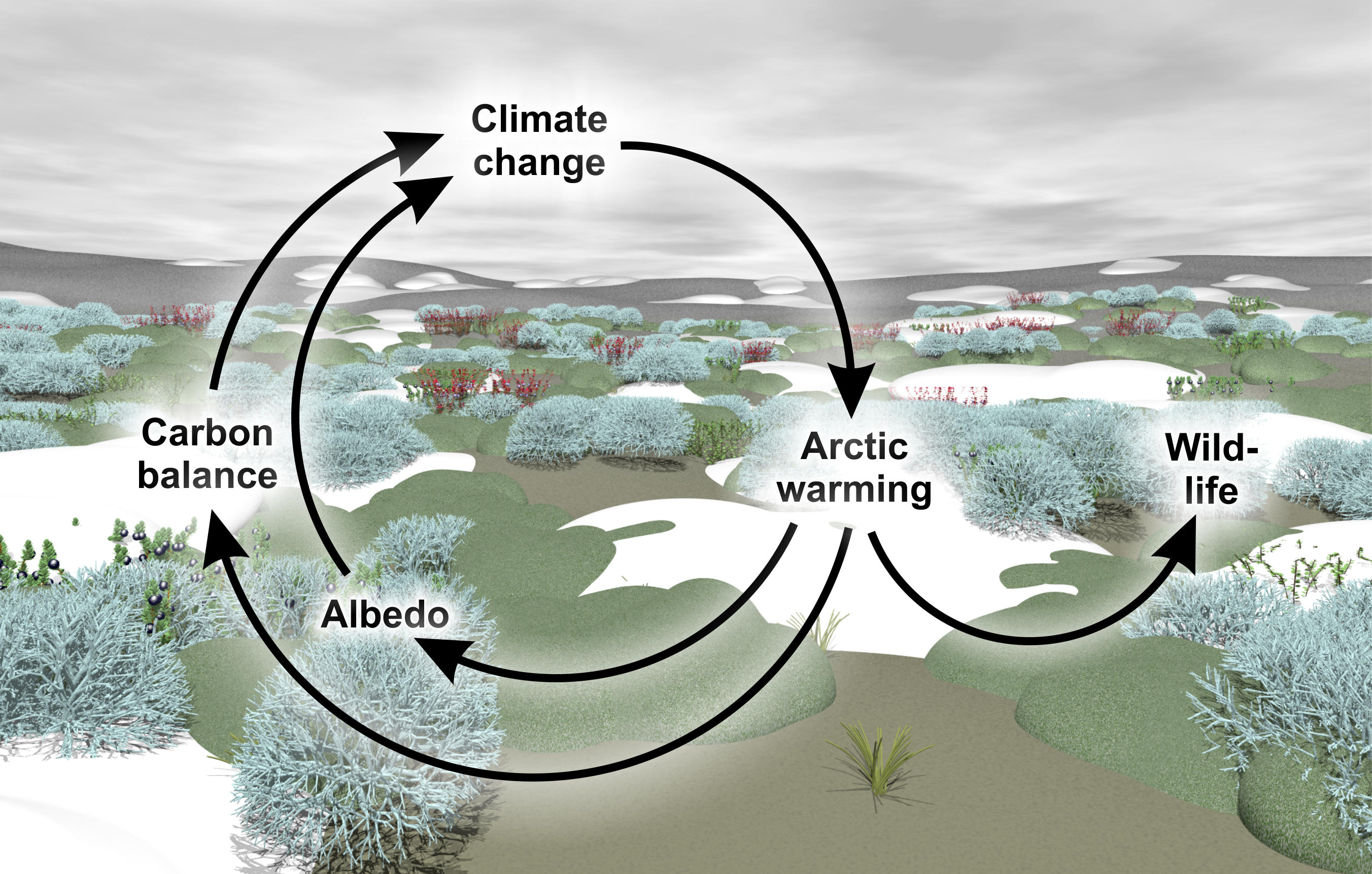
Scivit Newsletter: The tundra biome – a hotspot of climate change
How are rising temperatures affecting the arctic?
Global warming has particularly strong effects in the arctic; arctic temperatures are rising particularly fast. What are the consequences of these changes? How is the arctic reacting to increasing temperatures?
There are two important phenomena connected to each other: Less ice and more plants. Arctic ice and snow cover is melting earlier in spring and returning later in autumn. The same is true for permafrost soils which are thawing to a higher degree for a longer period of the year. Increased temperatures, increased carbon dioxide and reduced ice/snow favour plant growth. As a consequence, arctic vegetation is thriving. This „arctic greening“ has been documented by repeated satellite observations. Is it „good“ or „bad“? What are the consequences for arctic wildlife? Can shifts in arctic conditions in turn affect global climate?
Scientific sources:
Jia et al., (2009) Vegetation greening in the Canadian Arctic related to decadal warming. J Environ Monit, 11, 2231–8, doi: 10.1039/b911677j
Notz and Stroeve, (2017) Observed Arctic sea-ice loss directly follows anthropogenic CO2 emission. Science 354, 747 – 750
How is the arctic affecting global climate?
Much of the sunlight reaching the arctic is reflected by ice or snow. This reflectance is called albedo. A decrease in albedo, caused by less ice/snow increases the thermal energy absorbed by earth from sunlight. The arctic carbon balance is a second important issue. Plants are transforming carbon dioxide into plant material. A thriving vegetation therefore refers to an increased removal of this greenhouse gas from the atmosphere. This positive effect is not the whole truth, however. Rising temperatures and melting permafrost will also result in increased amounts of carbon dioxide liberated from soil or submarine carbon reservoirs. The balance of carbon dioxide absorbed by plants and of carbon dioxide liberated from the soil decides whether the arctic reduces or increases atmospheric greenhouse gases.
Scientific sources:
Jia et al., (2009) Vegetation greening in the Canadian Arctic related to decadal warming. J Environ Monit, 11, 2231–8, doi: 10.1039/b911677j
Parmentier et al., (2017) A synthesis of the arctic terrestrial and marine carbon cycles under pressure from a dwindling cryosphere. Ambio 46. (Suppl. 1), S53–S69, DOI 10.1007/s13280-016-0872-8
Schuur et al., (2015) Climate change and the permafrost carbon feedback Nature 520, 171–179, doi:10.1038/nature14338
Is the arctic albedo increasing or decreasing?
With vanishing arctic summer ice, this question seems to have a clear answer. However, there is more to albedo than only ice.
A growing arctic vegetation may also increase the arctic albedo when compared to bare soil. Plant albedo is particularly prominent in the arctic summer, when the energy from sunlight is highest. Nevertheless, vegetation effects will not completely offset ice/snow effects, in particular when taking vanishing sea ice into account. This decrease in arctic albedo resulting from increased arctic temperatures further increases global temperatures, constituting a classical vicious circle (positive feedback loop).
Scientific sources:
Williamson et al., (2016) Phenology and species determine growing-season albedo increase at the altitudinal limit of shrub growth in the sub-Arctic. Global Change Biology 22, 3621 – 3631
Will the arctic absorb or release greenhouse gases?
Given a thriving arctic vegetation, favoured by increased temperatures and reduced snow cover, the arctic currently seems to absorb carbon dioxide. This may change quickly, however, due to the presence of large arctic carbon reservoirs.
Large amounts of carbon are stored in arctic permafrost soils and in undersea methane-clathrates. These carbon stores may become progressively destabilized with increasing temperatures, possibly resulting in the rapid and massive release of greenhouse gases. Apart from carbon dioxide we also may see the release of methane and possibly other particularly potent greenhouse gases. As for albedo such a release would constitute a dangerous positive feedback loop.
Scientific sources:
Jia et al., (2009) Vegetation greening in the Canadian Arctic related to decadal warming. J Environ Monit, 11, 2231–8, doi: 10.1039/b911677j
Mack et al., (2011) Carbon loss from an unprecedented Arctic tundra wildfire. Nature, 475, 489–92, doi: 10.1038/nature10283
Parmentier et al., (2017) A synthesis of the arctic terrestrial and marine carbon cycles under pressure from a dwindling cryosphere. Ambio 46. (Suppl. 1), S53–S69, DOI 10.1007/s13280-016-0872-8
Schuur et al., (2015) Climate change and the permafrost carbon feedback Nature 520, 171–179, doi:10.1038/nature14338
Sitch et al., (2007) Assessing the carbon balance of circumpolar Arctic tundra using remote sensing and process modeling. Ecol Appl. 17, 213–34
Sweet et al., (2015) Greater deciduous shrub abundance extends tundra peak season and increases modeled net CO2 uptake. Glob Chang Biol. 21, 2394–409, doi: 10.1111/gcb.12852
Yu et al., (2017) Circumpolar arctic tundra biomass and productivity dynamics in response to projected climate change and herbivory. Glob Chang Biol, doi: 10.1111/gcb.13632
Is the arctic driving or alleviating climate change?
The question of the arctic impact on global climate boils down to the question whether there is an increase or decrease in albedo and whether greenhouse gases are rather absorbed or released.
Current research suggests that arctic albedo is clearly decreasing (driving climate change). In terms of greenhouse gases the arctic appears to have an alleviating impact for the time being. With rising temperatures the liberation of greenhouse gases may prevail, however.
Methane from undersea methane-clathrates or from permafrost stores may be liberated in catastrophic events. The transition from alleviation to exacerbation may therefore occur rapidly with the precise time or triggering temperature hard to predict.
This difficulty in precisely predicting the arctic impact on climate under rising temperatures nicely illustrates a general issue in climate science. Most people assume the action of a certain system (here the absorption/liberation of carbon dioxide/methane) to be linear to a given factor (here temperature). As discussed above, this assumption may be completely wrong. Growing arctic temperatures may abruptly lead to rapid transition from alleviation to exacerbation.
Scientific sources:
Parmentier et al., (2017) A synthesis of the arctic terrestrial and marine carbon cycles under pressure from a dwindling cryosphere. Ambio 46. (Suppl. 1), S53–S69, DOI 10.1007/s13280-016-0872-8
Schuur et al., (2015) Climate change and the permafrost carbon feedback Nature 520, 171–179, doi:10.1038/nature14338
Sweet et al., (2015) Greater deciduous shrub abundance extends tundra peak season and increases modeled net CO2 uptake. Glob Chang Biol. 21, 2394–409, doi: 10.1111/gcb.12852
Yu et al., (2017) Circumpolar arctic tundra biomass and productivity dynamics in response to projected climate change and herbivory. Glob Chang Biol, doi: 10.1111/gcb.13632
Is arctic wildlife benefitting from arctic greening?
The arctic is not only important because of its potential to fuel or alleviate climate change. Inspite of its hostility to life it harbors unique communities of plants and animals. These organisms have experienced strong shifts in conditions within a few decades. How do they cope? Is the increase in temperatures, the decrease in snow cover positive or negative for wildlife?
Every species behaves differently of course, but there seem to be some trends: 1) Animals like polar bears or seals depend on arctic sea ice for hunting, cover or migratory routes. With the disappearance of sea ice during summer, these animals face an uncertain future. 2.) A thriving arctic vegetation favours many terrestrial animals, but the new climate regime may also have negative consequences. Scientists studying wildlife on the arctic archipelago Svalbard, for example, identified an increase in winter rain-on-snow events as detrimental for wildlife. Current shifts, in general, seem to favour migratory organisms from temperate locations and rather disfavour endemic, arctic species.
Scientific sources:
Descamps et al., (2017) Climate change impacts on wildlife in a High Arctic archipelago – Svalbard, Norway Global Change Biology 23, 490 – 502
Madsen et al., (2011) Long-term effects of grazing and global warming on the composition and carrying capacity of graminoid marshes for moulting geese in east Greenland. Ambio, 40, 638–49
Legal disclosure/Impressum
This newsletter is produced and published by/Verfasser und Produzent dieses Newsletters:
Thomas Fester, Dr. rer. nat., Blochmannstrasse 21B, 04105 Leipzig – Germany
Contact/Kontakt:
Homepage: https://www.scivit.de, e-mail: tfester@scivit.de, Telefon/Phone: +49 341 9839673
VAT-number/Steuer-Nummer: 231/218/02201
Ust.-ID gem. § 27a UStG: DE235829085
Person responsible for content in accordance with 55 Abs. 2 RStV / Inhaltlich Verantwortlicher gem. § 55 II RStV:
Thomas Fester (Address see above/Anschrift siehe oben)
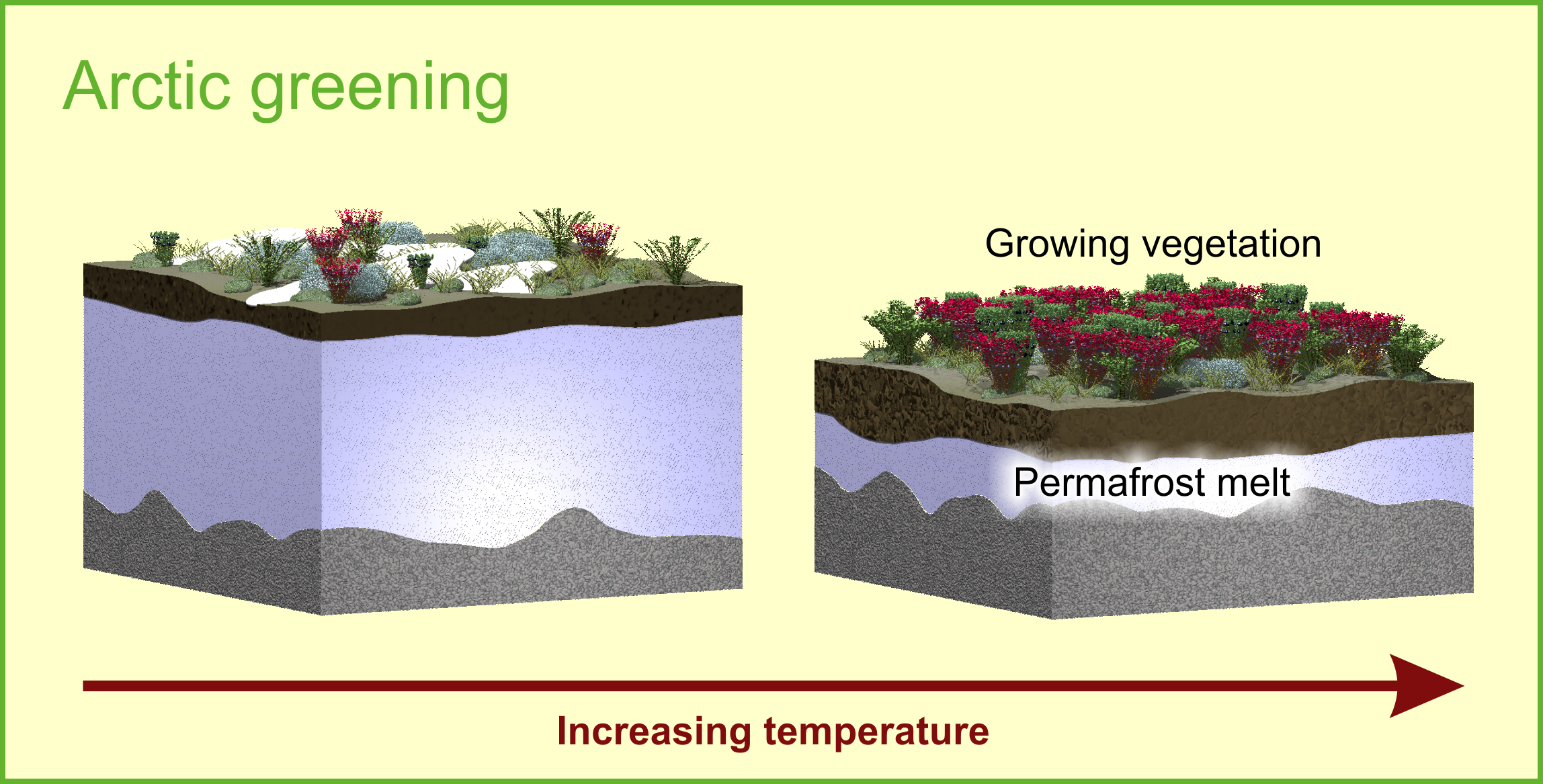
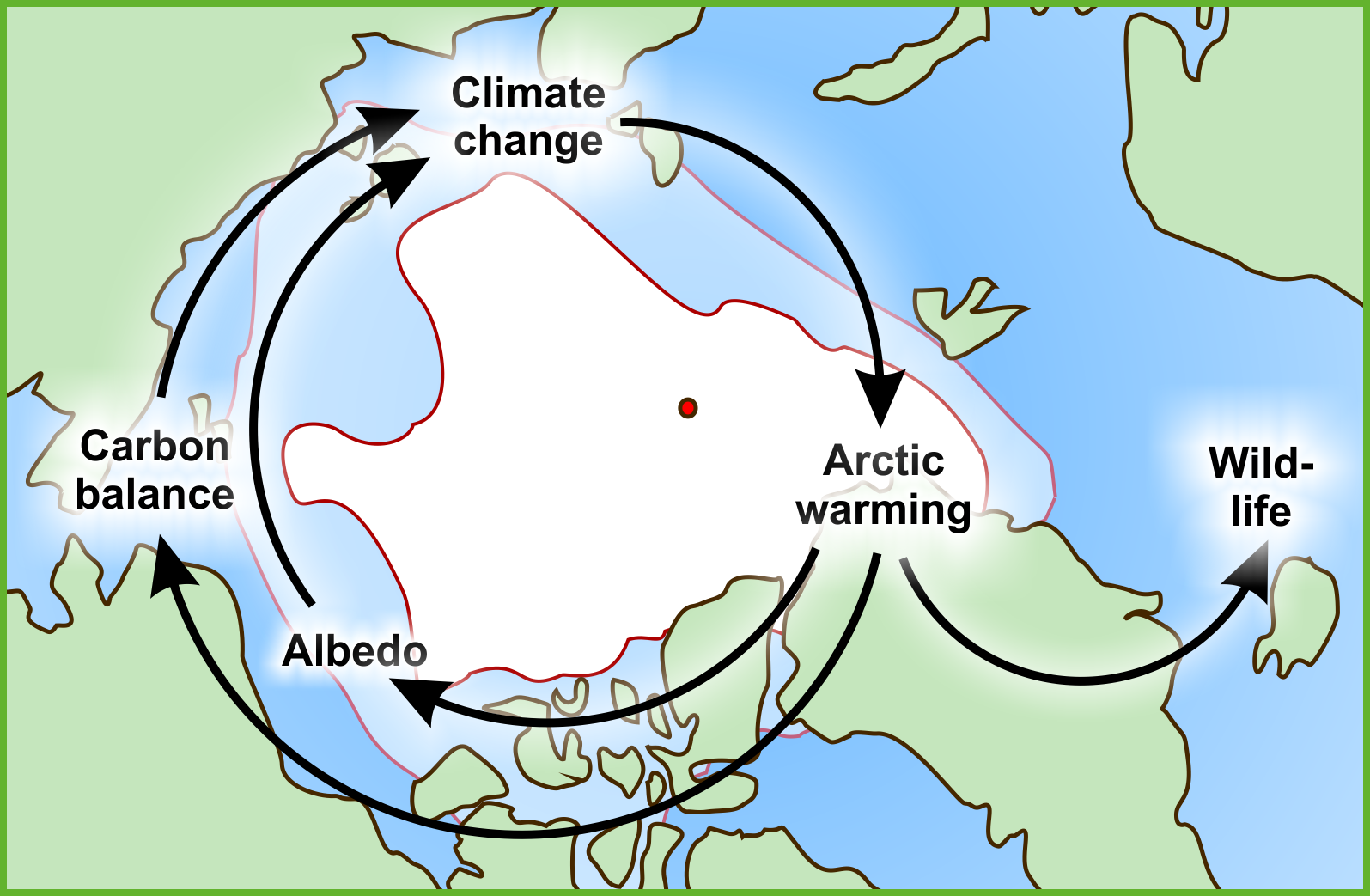
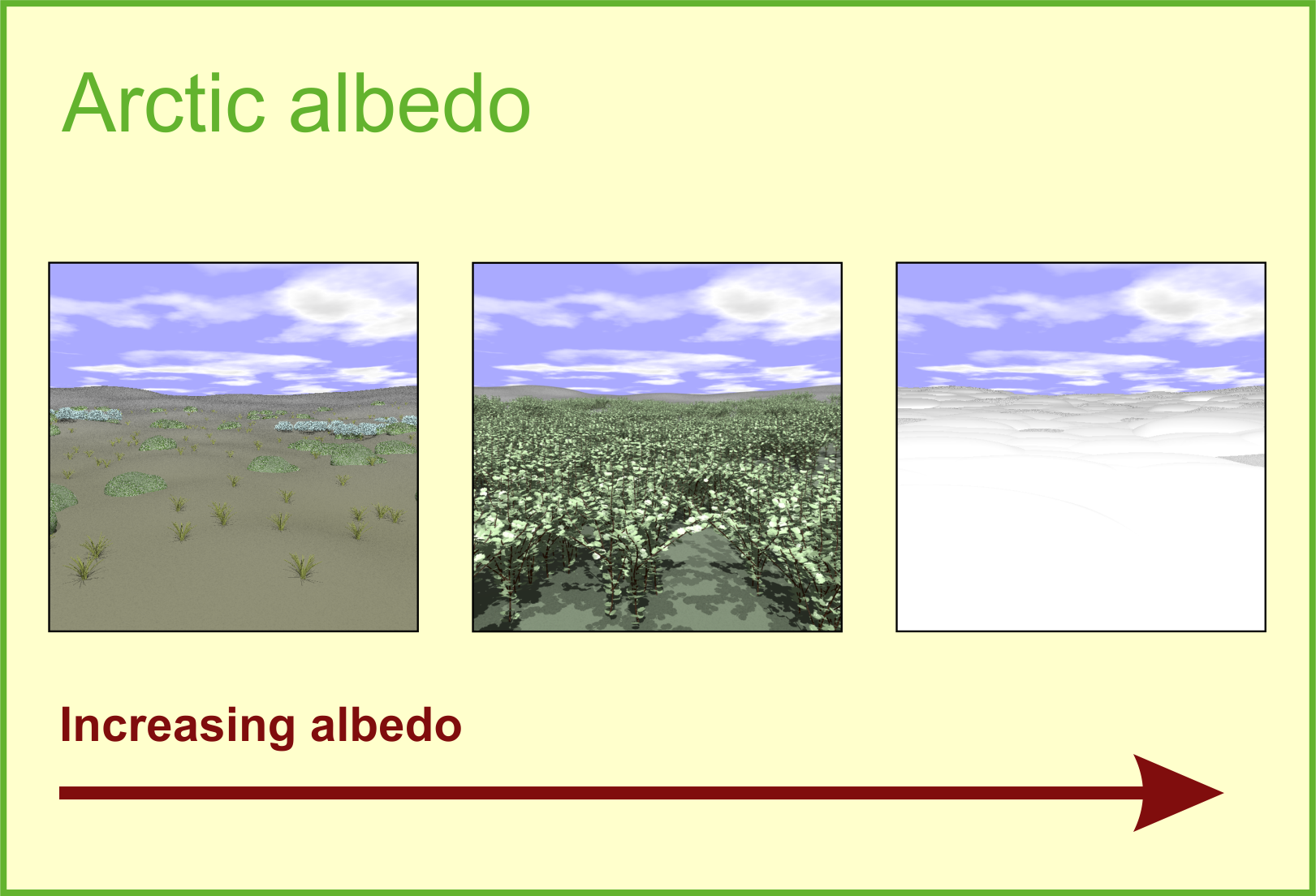
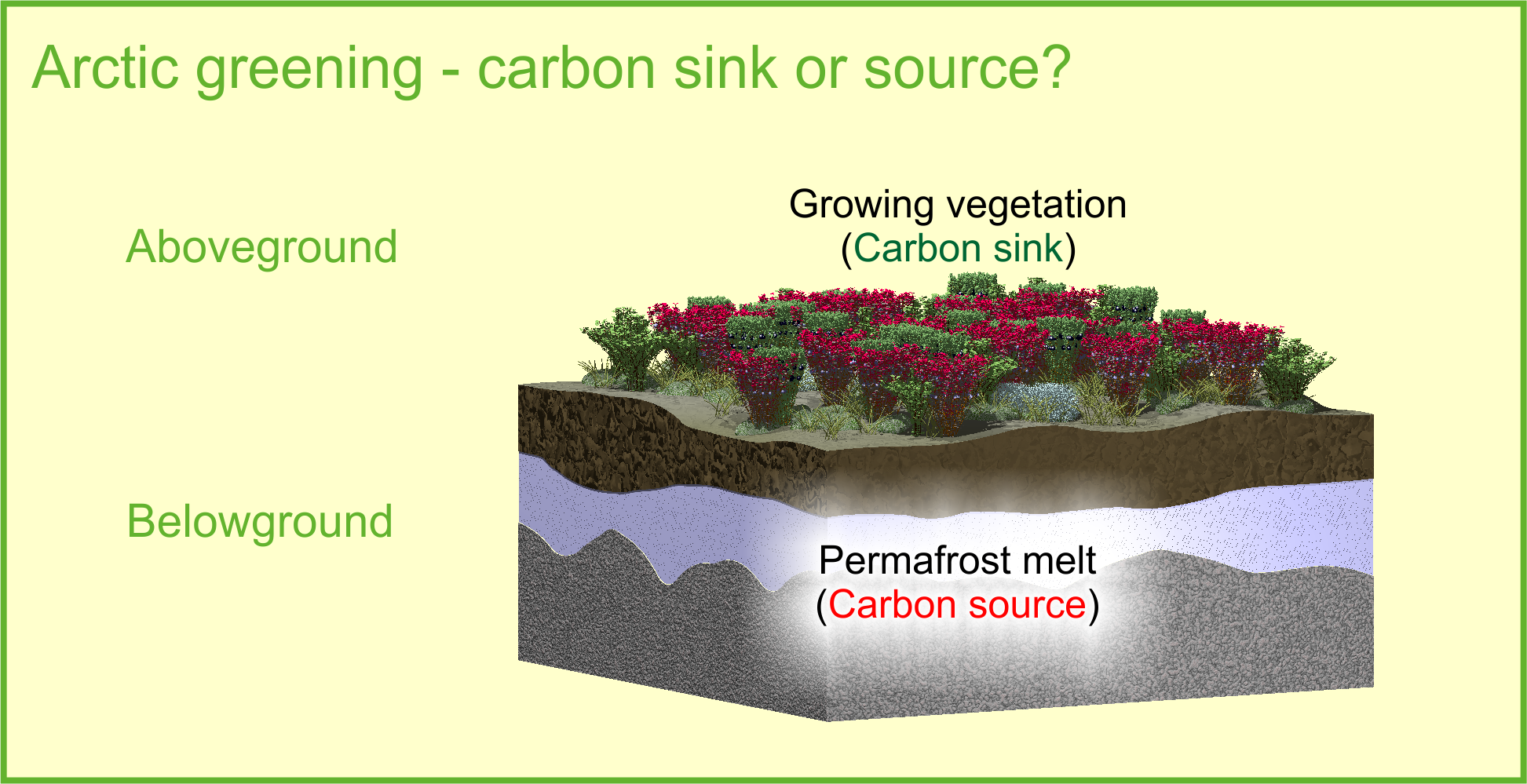
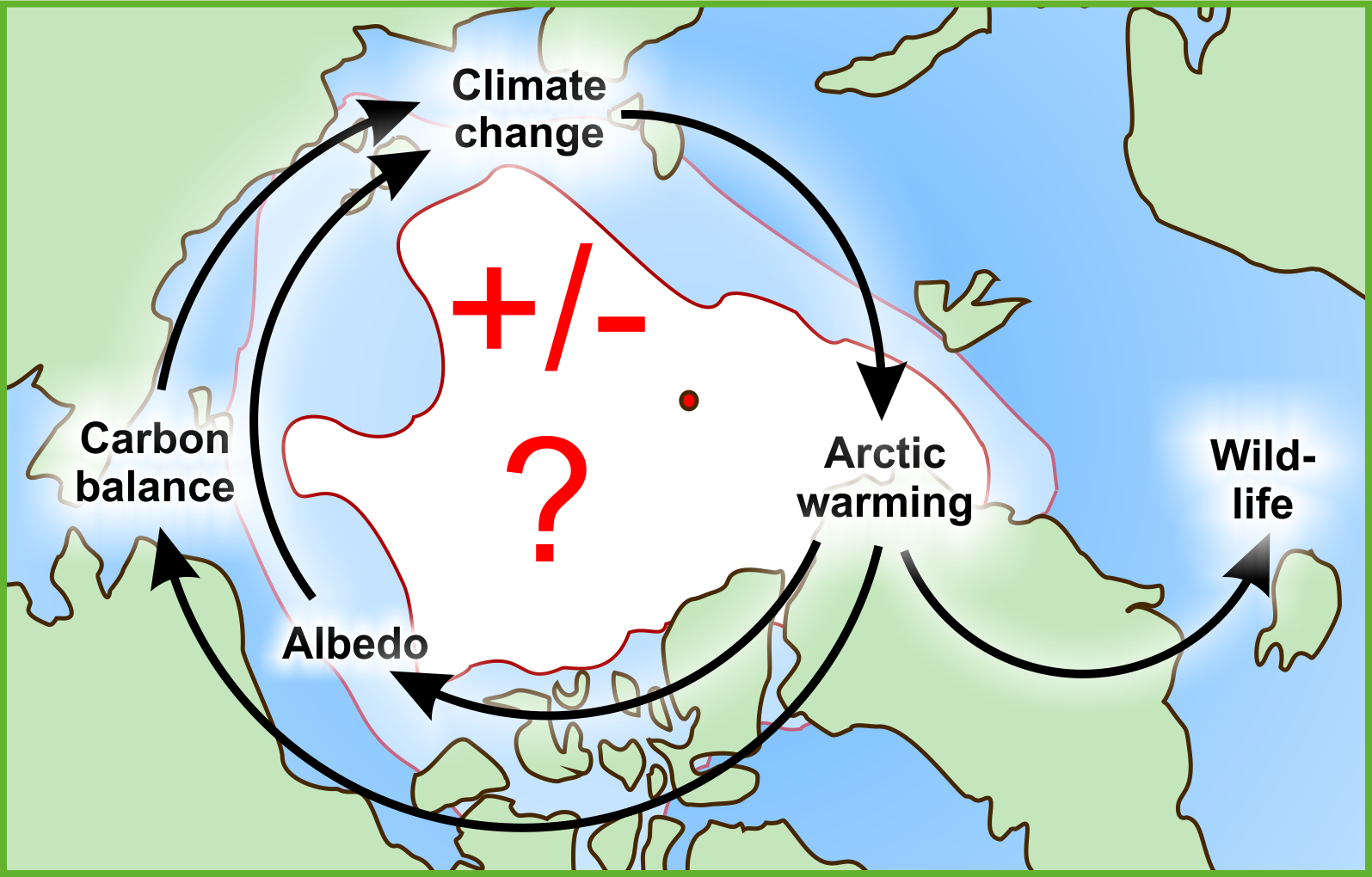
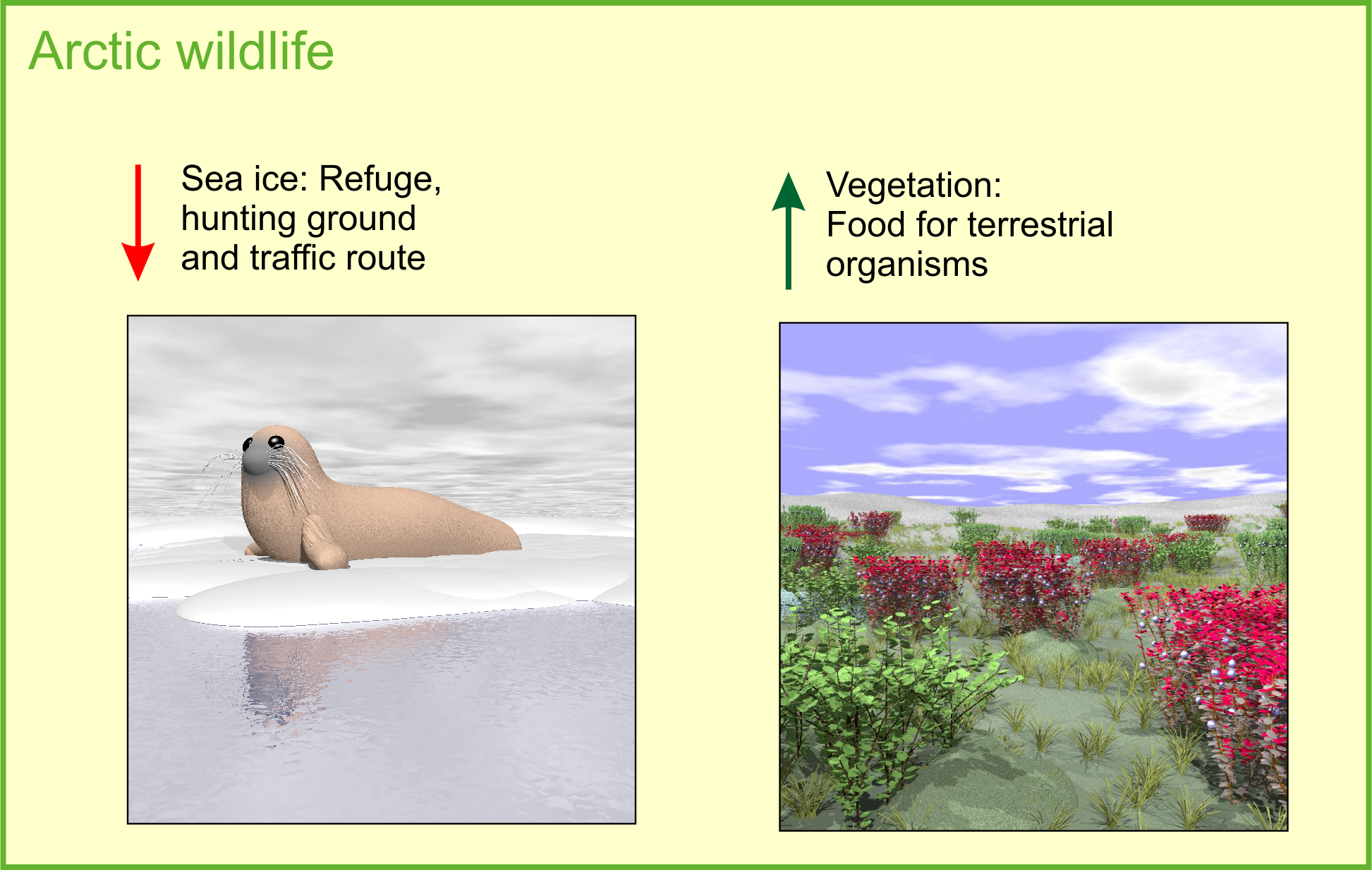
Neueste Kommentare